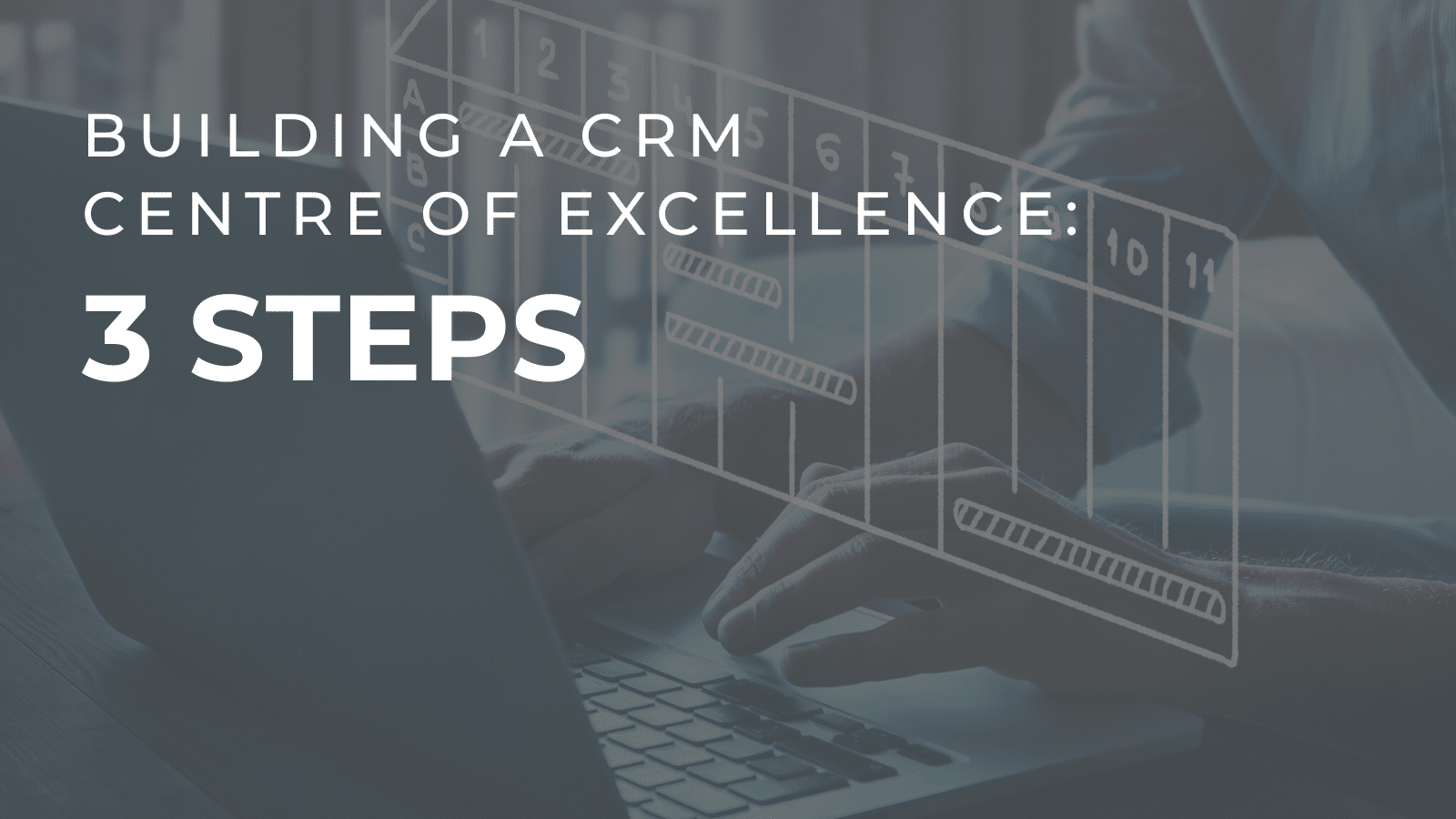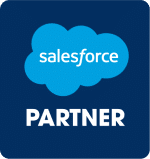If you clicked on this blog post, we’re assuming you’re probably interested in learning more about the concept of a Customer Relationship Management (CRM) ‘Centre of Excellence’ or CoE. Or maybe you know everything there is to know about a CoE but you’re looking for a little guidance on your route to building out the capability in your business. Either way, you’ve come to the right place. In today’s blog, we’ll have a quick look at exactly what a Centre of Excellence (CoE) is and why your business might benefit from one. Then we’ll outline the 3 key steps you’ll need to take to set up a CoE in your organisation.
Sounds good? Great. Then get comfortable, it’s time to talk CoE’s.
What Is A CoE?
Although the phrase is used often in a wide range of industries (and with a wide range of definitions), today we’re talking about the business term ‘Centre of Excellence’.
Put simply, a CoE (also known as an ‘excellence centre’) is a team, combination of teams, shared facility or entity that provides leadership, governance, shared learnings, strategic guidance, research, support and or/training for a specific area of the business. Usually utilised in businesses that span across multiple markets or regions, these centres can be made of a number of functions. Still, primarily they help drive best practices and deliver economies of scale.

What Are The Functions Of A CRM CoE?
A CRM centre of excellence is generally made up of any combination of ten key functions. These are as follows:
- Executive Sponsors
Aims: To drive the organisation’s strategy, empowering cross-market leads to follow the strategy in order to encourage alignment and influence decision-making at market level.
- Delivery and Change Management
Aims: To implement governance, change and standardise reporting across multiple teams and markets. To define roles and simplify communications. To manage budget, risks, vendors and skills. To align the project with the overall business strategy and metrics. Champions of change across the business and guide cross-functional teams on key principles.
- Platform Architecture
Aims: To drive long-term scalability of the CRM and related platform(s) by focusing on speed to market through simplification and implementation of new techniques, tools, languages and frameworks, with a key eye on platform health and technical debt.
- Product Management
Aims: To innovate, manage and prioritise the backlog in line with end-user and business objectives and key results through a well mapped out value-driven framework, and collaborative ‘voice of the user’ sessions.
- Development and Quality Assurance
Aim: Manage development methodology, develops pipelines and test automation. Design and build kick-ass user-facing products that scale across multiple markets and functions. Test and ensure end-to-end product quality.
- Support and Training
Aims: Be readily available 24/7 to support users, track and triage issues as they are identified and embed best practices. Foster an internal sense of community through readiness and adoption of systems and processes
- Business Stakeholders
Aims: Instil a one-team mindset across the business, drive alignment, buy-in, budget and support across functions with a win-win mindset.
- Business Champions
Aims: Understand the needs and wants of the user, define and measure local success metrics, share best practices, r, deliver training and be the first line of support. Triage any potential issues and issue communications where required.
- Business Users
Aims: Provide regular feedback and contribute to sessions focused on optimising processes to unlock potential improvements in productivity.
- Compliance
Aims: To manage processes, tools and policies necessary to prevent, detect, document and counter any potential threats, whilst ensuring the business is compliant with all necessary laws, regulations and financial controls in all markets.
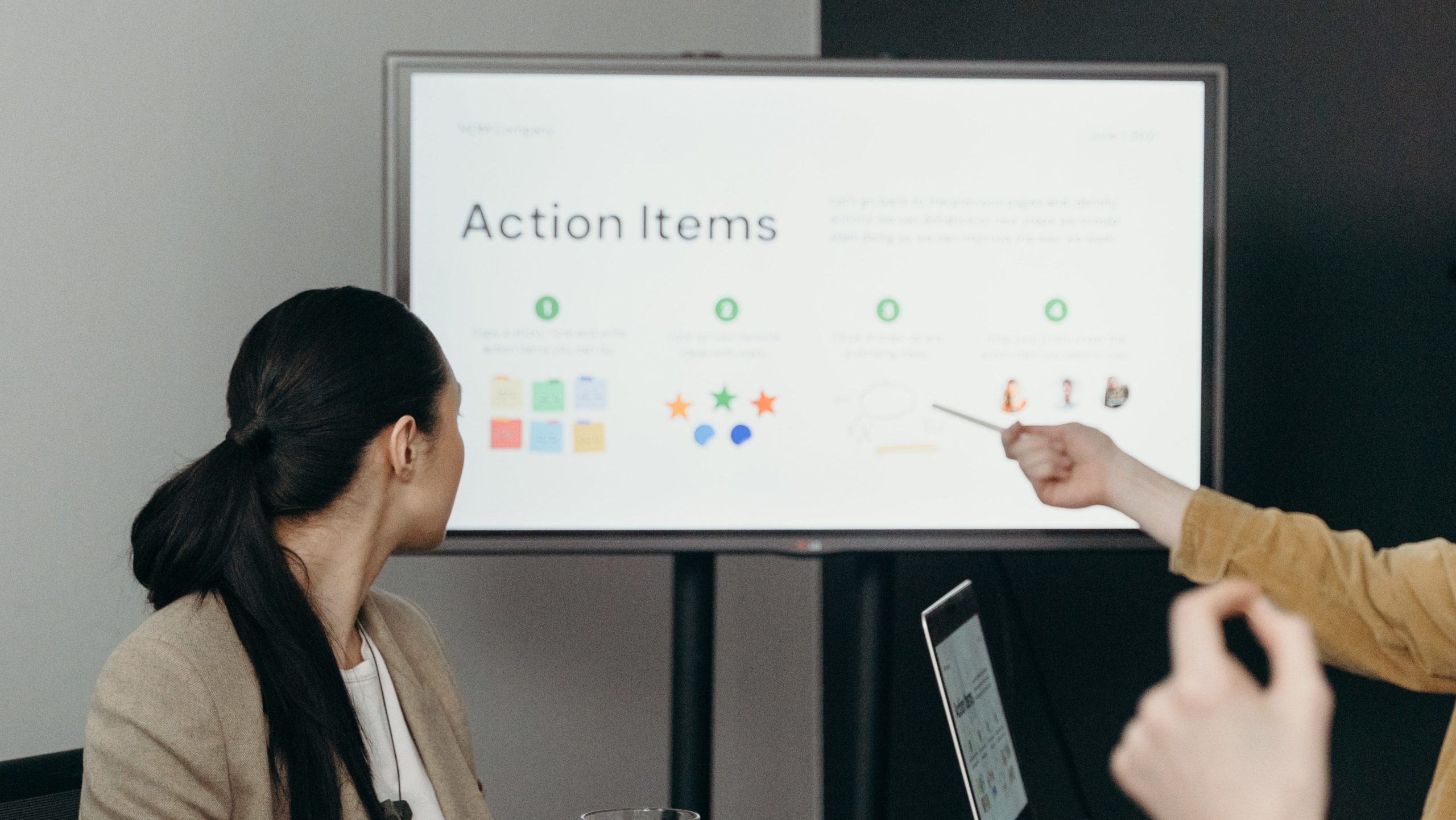
Why Should I Build A CRM CoE?
There are four of the key benefits that a CRM Centre of Excellence will deliver for a global organisation. These are as follows:
- Innovation At A Global Scale – A CoE can prevent a mismatch across markets and help the business owner to push our technology, knowledge, and experience across multiple businesses, functions and/or markets.
- Compliance and Governance – A CoE can ensure all teams within an organisation are following the correct processes, maintaining legal and industry compliance.
- Velocity – A CoE can help a business to move faster and more efficiently, particularly when implementing a new technology or process.
- Reduced Risk – By monitoring, supporting and providing best practice for its designated business function, a Centre of Excellence can prevent potential disasters caused by unforeseen circumstances.
- Skills and Expertise – A CoE can provide an upgrade in skills and expertise both by adding new team members with additional skillsets and by training and upskilling the existing workforce.
- A Single Source Of Truth – Implementing a CoE creates a single point of data reference for all business units to refer to, often known as “a single source of truth”.
- Best Practice Knowledge – A CoE is responsible for providing a base from which all areas of the business can expand their knowledge and learn best practice.
- 24/7 Support – Many CoE’s act as a 24/7 customer support desk for the businesses that implement them, providing support to all business units and markets, whenever they need it.
- Change Management – A CoE can provide a single source of business change, supporting and promoting change throughout the business, supporting user adoption and ensuring the change is implemented consistently throughout the organisation.
How Do I Build A CoE?
So, you want to build a Centre of Excellence in your organisation. Whether you intend for this entity to govern one particular business function, such as CRM, or whether you’d like to form a cross-functional CoE that can span your entire business, you will need to follow 3 key steps to implement it.
1. CHOOSE A MODEL
Although there are no hard-and-fast rules when it comes to the structure of your CoE, following a model can help to ensure the entity is structured according to the needs of your business. There are six standard CoE models to choose from:
- Decentralised – Projects are siloed and groups are allocated only to projects within their business unit.
- Centralised – A central group serves a variety of functions and business units at the same time.
- Tiger Team – A team of experts (usually from outside of the business) is moved into a business to execute a specific project.
- Centre Of Excellence – A central team of experts allocate and coordinate projects to the appropriate team from a group of teams across the business.
- Pool Of Consultants – Projects are allocated to consultants based on availability (i.e. on a first-come, first-served basis)
- Federated CoE – A central entity allocates and coordinates projects to the appropriate business unit. Project delivery responsibilities are shared across the business.
2. ESTABLISH HOW YOUR CoE WILL BE GOVERNED
Once you’ve chosen your model, you’ll need to decide how you intend for the group to be governed. Your CoE’s “Governance” refers to the ways in which its activities are determined, managed, monitored, and supported.
Ask yourself: who is going to be in charge? This could be a programme manager, product manager, project manager, a business unit or function lead, or even your board of directors.
Your CoE’s governance framework should ensure that all decisions can be made at the right time, at the right level, and after consulting the right people. It should ensure that the CoE is aligned with its goals and those of the wider business, and it should provide a mechanism through which any potential issues can be escalated.
There are two primary models that can be used to govern a Centre of Excellence: Centralized and Federated. The diagram below illustrates the similarities and differences between the two models, alongside the benefits of each option:
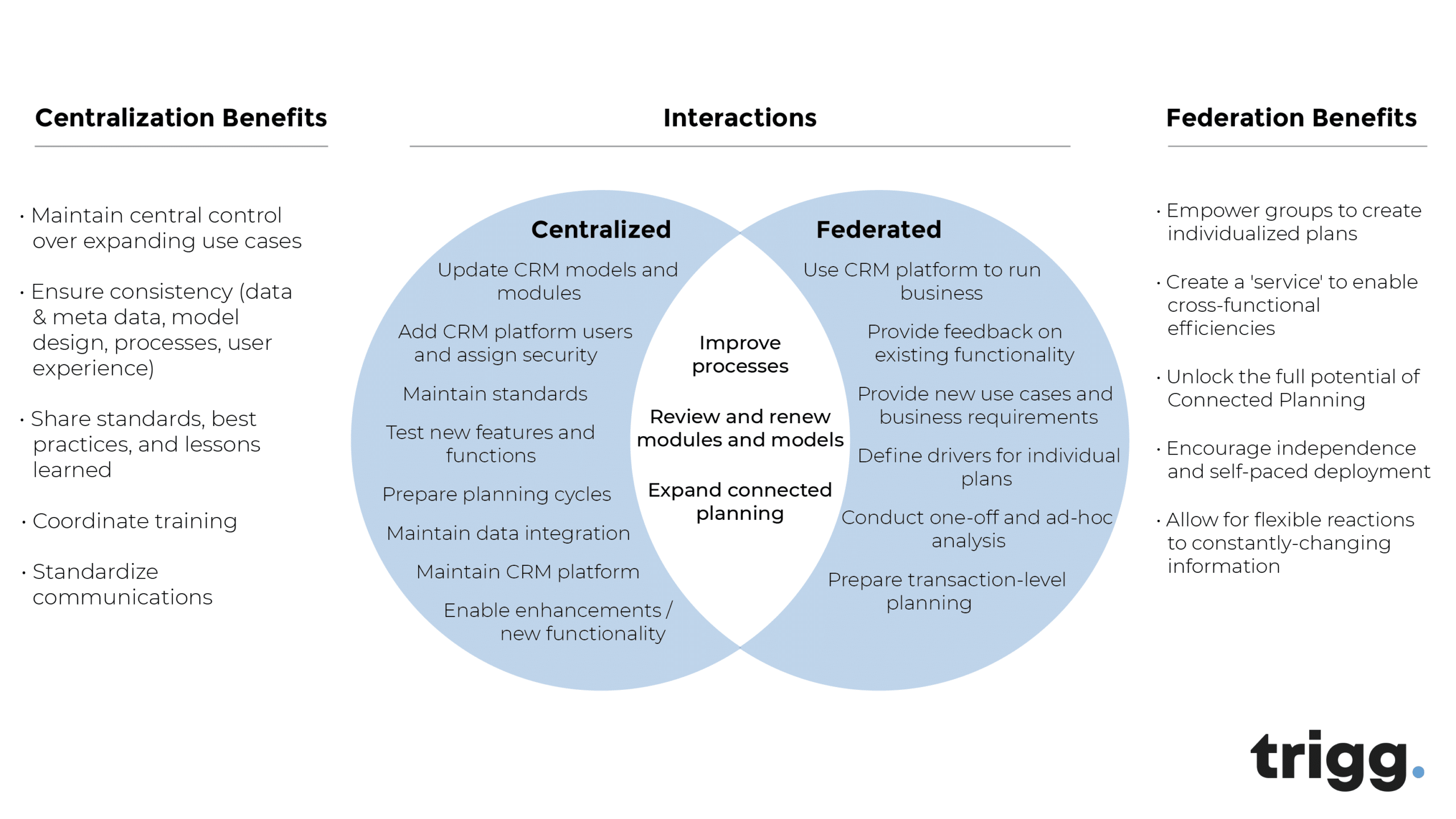
Once you’ve chosen a framework, you can choose the hierarchy of your CoE team. Below is an example of how this might be laid out.
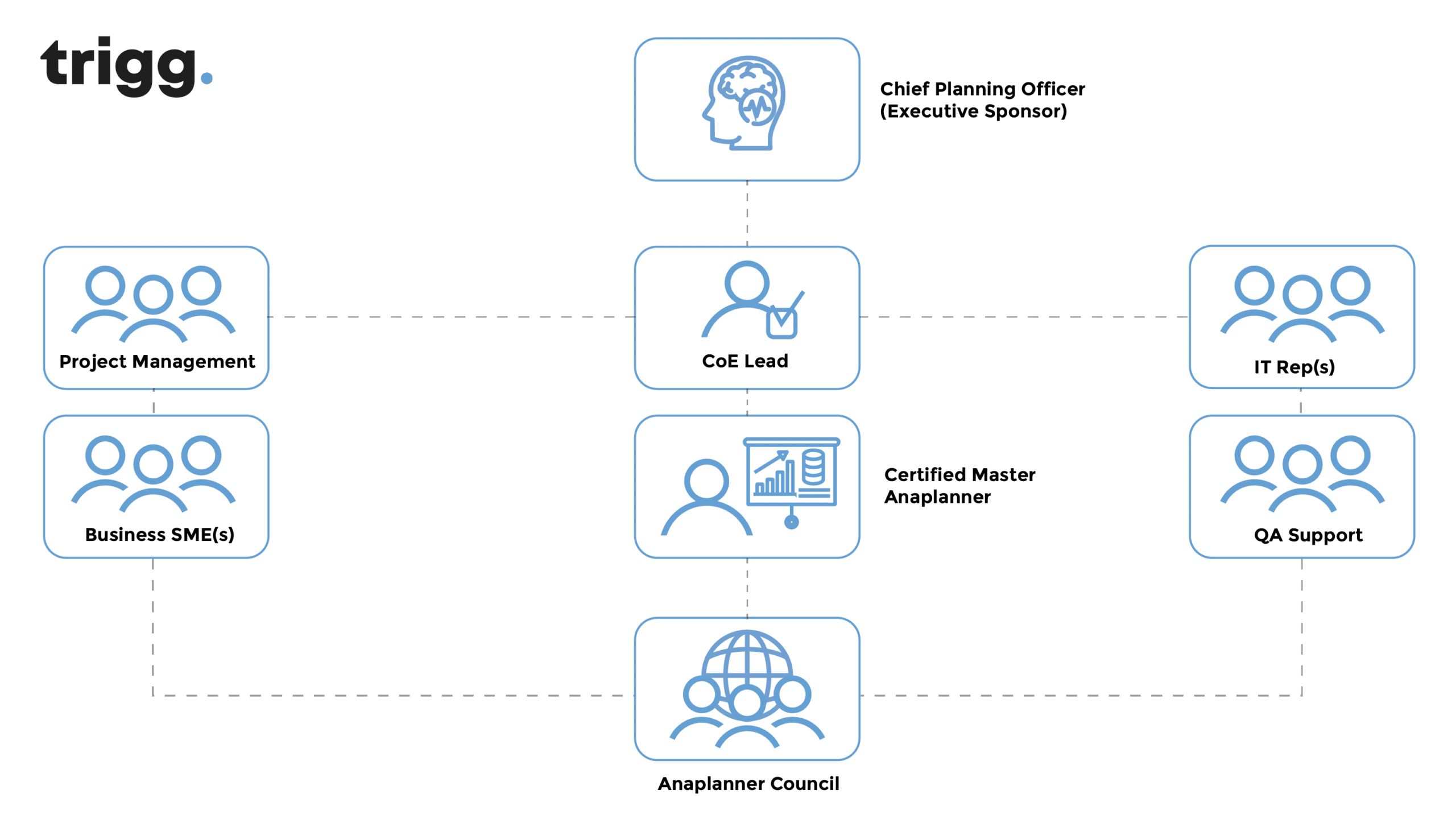
3. DETERMINE YOUR COMMUNICATIONS STRATEGIES
Finally, it is time to determine how your CoE will communicate up, down and across the organisation. This all depends on your existing communication strategies and the way your CoE is structured. For example, if you have chosen to base each key member of the CoE in a different market and/or function of the business, it might be necessary to implement a messaging platform like Slack, with channels for each team. Shared channels can then be used for key areas and/or projects the CoE is responsible for. You might also choose to set up regular stand-ups to ensure every team is aligned, or you may choose a scrum-and-sprint approach, inspired by agile methodology. You could also consider using a platform like Salesforce, JIRA or Trello to manage all the tasks and projects at hand.
Whatever you choose, your solutions should be tailored to the needs, aims, timelines and structure of the CoE and its stakeholders.
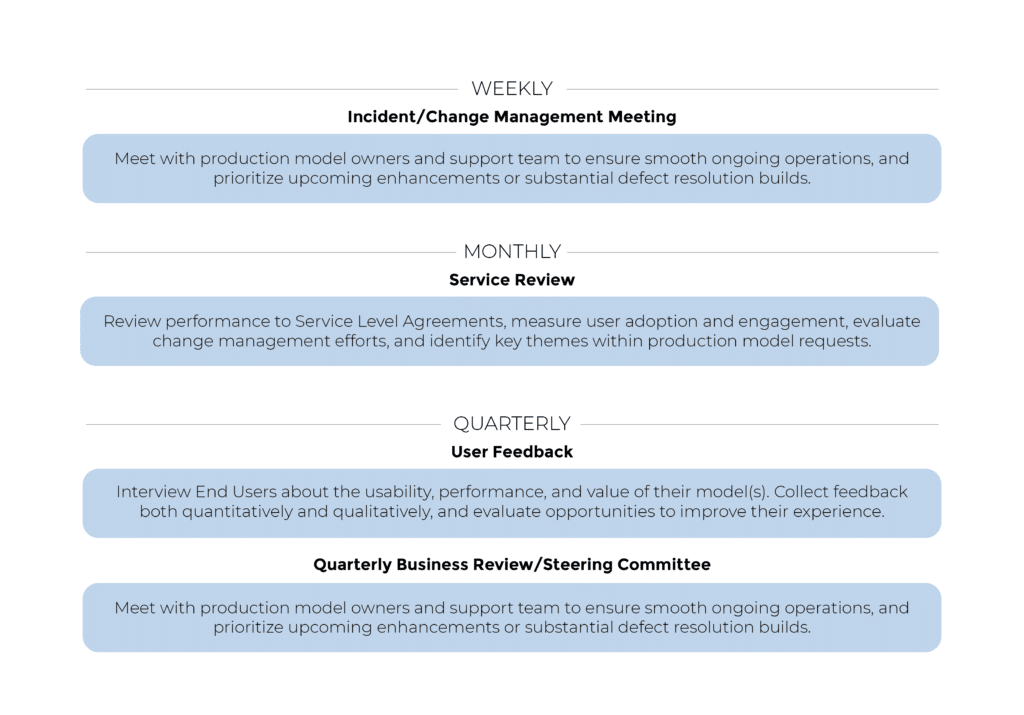
–
Nothing Is Ever Simple, Least Of All Building A CoE…Thankfully, the team at Trigg Digital knows what it takes to ensure your CoE is a resounding success. After all, we’ve implemented quite a few in our time!
To find out more about how we can help, get in touch on +44 203 239 8492 or at hello@triggdigital.com.
- ASOS Media Group Taps Trigg Digital as a Strategic Salesforce Partner - April 22, 2025
- Documill and Trigg announce strategic partnership to simplify the complexity of document management - February 13, 2025
- #TriggThoughtLeaders – Retail Media Deep Dive with Chris Quinn, Co-founder, ProOps Consulting - February 4, 2025

